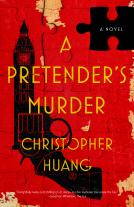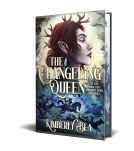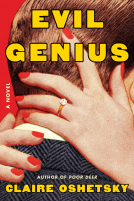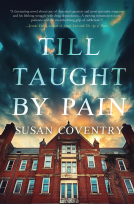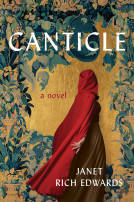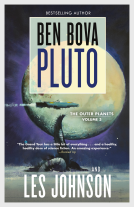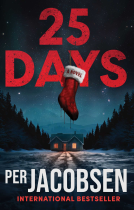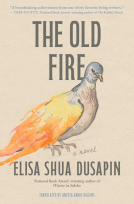
The Ballad of Billie Potts
Illustrations by P. John Burden, Introduction by John Burt
by Robert Pen Warren
This title was previously available on NetGalley and is now archived.
Send NetGalley books directly to your Kindle or Kindle app
1
To read on a Kindle or Kindle app, please add kindle@netgalley.com as an approved email address to receive files in your Amazon account. Click here for step-by-step instructions.
2
Also find your Kindle email address within your Amazon account, and enter it here.
Pub Date Dec 22 2017 | Archive Date Nov 01 2017
Bunim & Bannigan, Ltd. | Bunim and Bannigan
Description
One of the most significant early works of Robert Penn Warren (1905-1989) —the American writer and literary critic who is the only person to have won Pulitzer Prizes in both fiction and poetry —The Ballad of Billie Potts has, in the decades since it was released in Warren's 1943 volume Selected Poems, proven far more universal than its setting between the Tennessee and Cumberland Rivers in western Kentucky might suggest.
Inspired by the folk tales of Warren's native state, The Ballad of Billie Potts is, on its face, a simple, if unsettling, story:
A murderous innkeeper, named Billie Potts, and his wife have a son -- Little Billie -- whom they both adore. In an attempt to impress his parents, Little Billie attempts to rob and kill a passing traveller...but, in his fumbling inexperience, botches the job and returns home in humiliation. In anger, his father turns him away to make his fortune on his own. Years later, having prospered out West, Little Billie returns to the land between rivers —only to be killed for a bag of gold by his own parents.
With thematic and moral keynotes that would concern Warren for a lifetime —the passage from childhood innocence into guilt, the journey that ends with a return to the father or to the place of origin, the undiscovered self, and a certain mysticism that unites each individual with humankind and with nature —The Ballad of Billie Potts is a haunting tale that is firmly rooted in its time and place of origin, and also deeply relevant to contemporary concerns, such as capitalism and the destruction of our planet.
Now, publisher Bunim & Bannigan, Ltd. makes this classic of mid-century American literature available to the modern reader with the release of a new edition featuring a thought-provoking new introduction from John Burt and powerful, fantastic-realist illustrations by artist P. John Burden.
A Note From the Publisher
About P. John Burden:
Visual artist P. John Burden is a classically trained Canadian and British subject. Burden’s work includes original acrylic paintings, watercolour paintings, and traditional and modern artist’s prints. His art is symbolic or surrealist, using representational skills from a lifetime of drawing, painting, and design. Burden also illustrates books for all ages, and has work in collections worldwide.
About John Burt:
John Burt is Professor of English at Brandeis University. He is the author of Robert Penn Warren and American Idealism, and the editor of The Collected Poems of Robert Penn Warren. He is also the literary executor for Robert Penn Warren. In addition, he is the author of Lincoln's Tragic Pragmatism, and three volumes of poetry.
The Ballad of Billie Potts [Bunim & Bannigan, Ltd] will be available for purchase wherever books are sold in October 31, 2017.
Visual artist P. John Burden is a classically trained Canadian and British subject. Burden’s work includes original acrylic paintings, watercolour paintings, and traditional and modern artist’s prints. His art is symbolic or surrealist, using representational skills from a lifetime of drawing, painting, and design. Burden also illustrates books for all ages, and has work in collections worldwide.
About John Burt:
John Burt is Professor of English at Brandeis University. He is the author of Robert Penn Warren and American Idealism, and the editor of The Collected Poems of Robert Penn Warren. He is also the literary executor for Robert Penn Warren. In addition, he is the author of Lincoln's Tragic Pragmatism, and three volumes of poetry.
The Ballad of Billie Potts [Bunim & Bannigan, Ltd] will be available for purchase wherever books are sold in October 31, 2017.
Available Editions
| EDITION | Other Format |
| ISBN | 9781933480442 |
| PRICE | CA$14.99 (CAD) |

